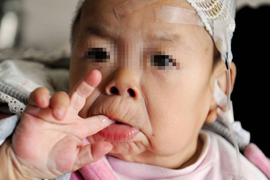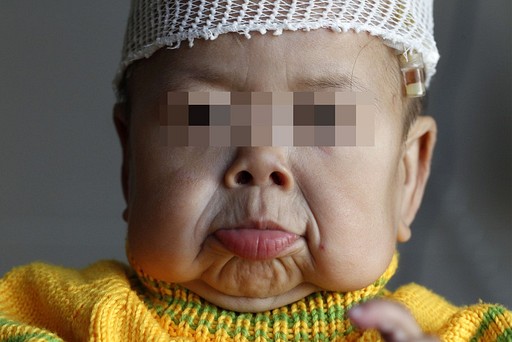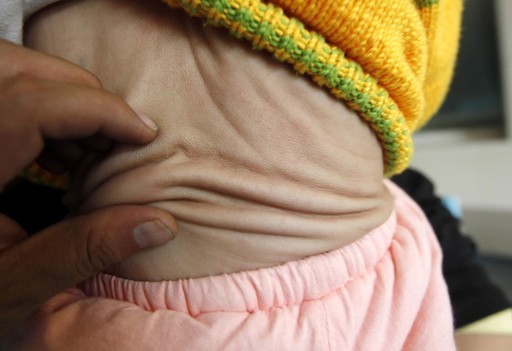Most of the genes are the elements of fibers ¾ slender bundle of
protein provide strength and flexibility to connective tissue throughout the
body. Elastic fibers allow the skin to stretch ¾ the lungs to expand & contract
and arteries to handle the pressure of blood flow.
The major component of elastic fibers ¾ Elastin ¾ is produced from ELN
gene. Other critical proteins of elastic fibers are produced by the following genes:
E EFEMP2
E FBLN5
E ATP6V0A2
Mutations in any of these gene hamper the
formation, assembly or function of elastic fibers.
Now, a shortfall in elastic fibers weakens
connective tissue in the skin, arteries, lungs and other organs. These
mutations in connective tissue cause the major feature of ‘Cutis Laxa’ to a
small percentage. Researcher suspects that mutation in other genes, which is
yet to identify may also be responsible for Cutis Laxa.
The chances of Acquired Cutis Laxa (ACL) are very
rare. Acquired Cutis Laxa (ACL) is caused by the destruction of normal elastic
fibers and not by inheritance. Though the causes of ACL are unclear, but it may
occur due to the side effect any medical treatment which remove copper from
body.





